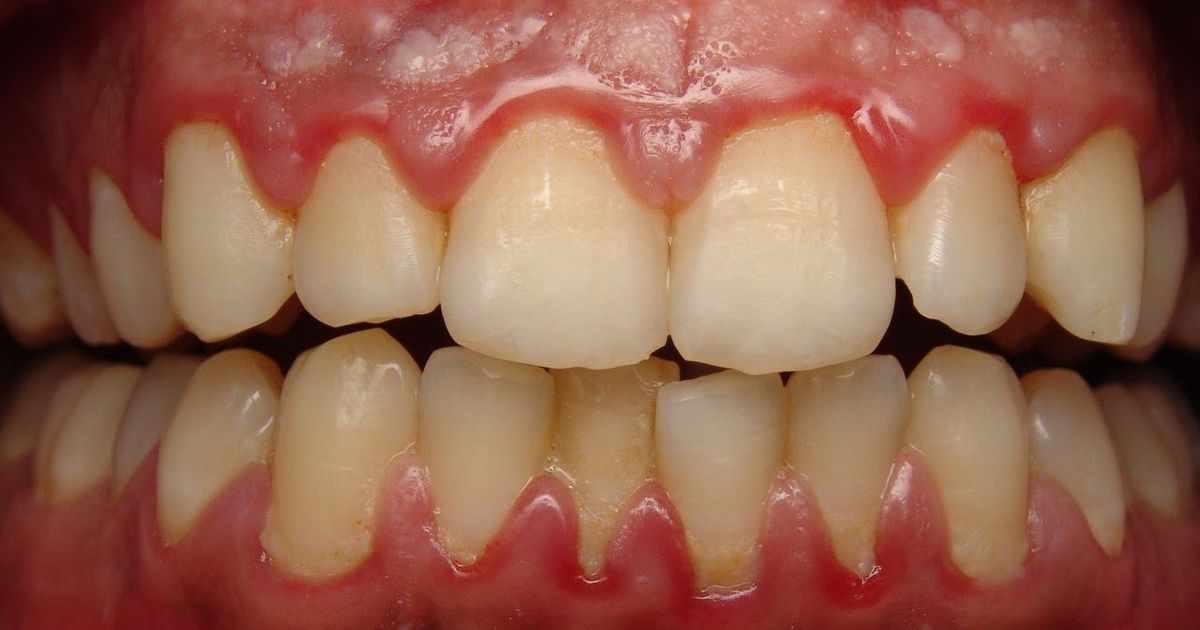Guide To The Symptoms Of Gingivitis
Gingivitis and gum disease are terms used to describe when an individual's gums experience inflammation. This inflammation is most often the result of the infection by bacteria penetrating the gums. This infection develops when plaque turns into tartar, and the tartar causes the gums to separate from the teeth. Individuals who use tobacco products, have diabetes, have crooked teeth, have broken fillings, are pregnant, have a genetic disposition to oral infections, have a compromised immune system, and who wear poorly fitting dental appliances are at an increased risk of developing gingivitis. Diagnosis of gingivitis is made with the use of an oral examination and mouth x-rays. Treatment of gingivitis includes scaling, root planing, laser treatment, antiseptic mouthwash, antibiotic microspheres, oral antibiotics, flap surgery, bone grafts, timed-release antiseptic chips, and tissue grafting.
There are several indicative symptoms of gingivitis. Learn about them now.
Swollen Gums

An individual who experiences swollen gums may be affected by gingivitis. Bacteria that adhere to an individual's teeth live and thrive in plaque, a naturally occurring substance. Plaque can accumulate at the base of the teeth where the gums begin, making it difficult to remove with daily brushing and flossing. The bacteria that live in the plaque on the base of the gums have their own processes to carry out facilitated by the sugars present in the food the individual consumes. Bacteria create waste products in the same way other types of cells do. The waste products produced by bacteria have toxic and corrosive effects on gums and tooth enamel. These toxic substances penetrate the gum tissues and cause them to incur damage. The immune system attempts to mediate this tissue damage in the gums, causing swelling, redness, and inflammation.
Continue reading to learn more about the symptoms of gingivitis now.
Gums That Bleed Easily

An individual who has gingivitis will most likely experience gums that bleed easily with minimal or no provocation. Gingivitis inflammation in the gums can cause small blood vessels that provide these tissues with blood to become damaged or burst much easier than they would otherwise. When the small blood vessels in the gums burst, the individual bleeds from their gums. Gingivitis patients report their gums bleed when brushing their teeth, when flossing, after using mouthwash, and when they eat certain types of food. Foods with a solid, hard consistency such as toasted bread, apples, peanuts, almonds, and many others are known to produce bleeding in the gums of an individual affected by gingivitis. Any minor trauma or minimal manipulation of the gums can cause them to bleed. An individual with gingivitis does not have to brush vigorously to experience gums that bleed easily because of the inflammation.
Discover additional warning signs of gingivitis now.
